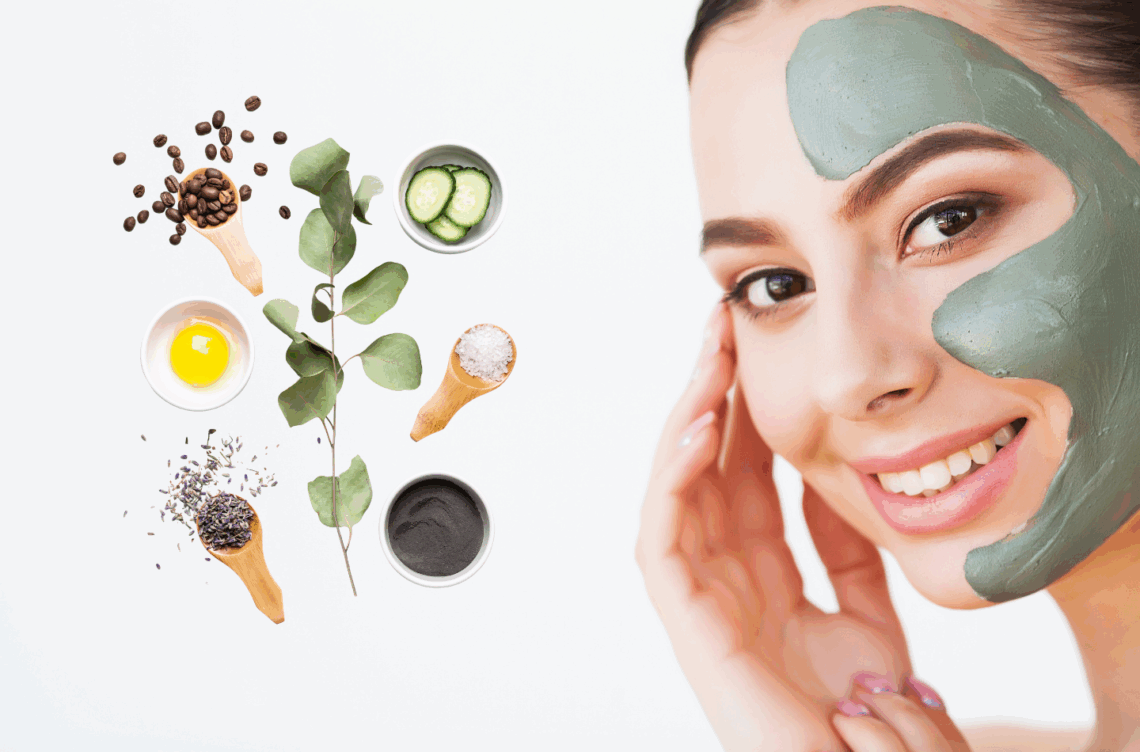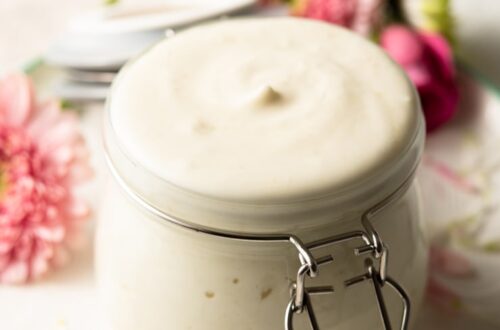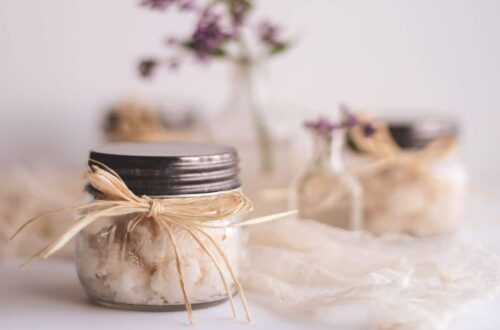Unlock the secret to glowing skin with a homemade face mask that’s natural, affordable, and tailored to your skin’s needs. Crafting your own DIY face mask is a fun and effective way to pamper yourself while avoiding the chemicals in store-bought products. In this article, we’ll share how to make a face mask at home with three DIY face mask recipes designed for different skin types. Whether you’re battling dryness, oiliness, or dullness, these homemade masks for skin will leave you radiant!
Why Choose a DIY Face Mask?
A homemade face mask offers a personalized skincare solution with natural ingredients you likely already have at home. Here’s why you should try one:
- Natural and Safe: A DIY face mask uses pure ingredients, free from synthetic additives.
- Customizable: Tailor your homemade mask for skin to address specific concerns like acne, dryness, or sensitivity.
- Budget-Friendly: Save money by using pantry staples for effective results.
- Eco-Conscious: Reduce waste from packaging and embrace sustainable beauty.
Let’s explore three DIY face mask recipes to elevate your skincare routine.
1. Hydrating Avocado and Honey Mask for Dry Skin
This how to make a homemade face mask recipe is a moisture-packed treat for dry or flaky skin, leaving it soft and dewy.
Ingredients:
- 1/2 ripe avocado, mashed
- 1 tablespoon raw honey
- 1 teaspoon plain yogurt
- 1/2 teaspoon olive oil
Instructions:
- In a small bowl, mash the avocado until smooth.
- Mix in honey, yogurt, and olive oil until well combined.
- Apply evenly to clean, dry skin, avoiding the eye area.
- Leave on for 15-20 minutes, then rinse with lukewarm water.
- Pat dry and follow with a moisturizer.
- Use immediately, as this mask is best fresh.
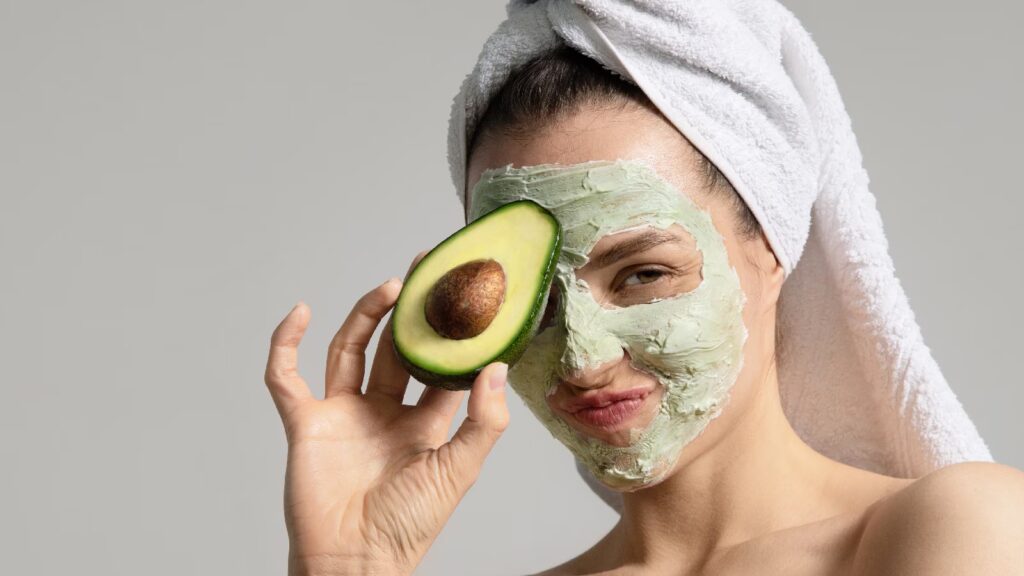
Why It Works:
- Avocado: Rich in healthy fats, it deeply hydrates and nourishes.
- Honey: Locks in moisture and soothes dry patches.
- Yogurt: Provides gentle exfoliation with lactic acid.
- Olive Oil: Enhances hydration and softens skin.
2. Purifying Clay and Green Tea Mask for Oily Skin
This DIY face mask is perfect for oily or acne-prone skin, helping to control shine and clear pores.
Ingredients:
- 1 tablespoon bentonite clay
- 1 tablespoon brewed green tea (cooled)
- 1 teaspoon aloe vera gel
- 2 drops tea tree essential oil (optional)
Instructions:
- In a non-metal bowl, mix bentonite clay with green tea to form a smooth paste.
- Add aloe vera gel and tea tree oil, stirring until blended.
- Apply to clean skin, avoiding the eyes, and let sit for 10-15 minutes.
- Rinse with warm water and pat dry.
- Use immediately to maintain potency.

Why It Works:
- Bentonite Clay: Absorbs excess oil and detoxifies pores.
- Green Tea: Reduces inflammation and fights acne-causing bacteria.
- Aloe Vera: Soothes and hydrates without clogging pores.
- Tea Tree Oil: Adds antibacterial properties to combat breakouts.
3. Brightening Turmeric and Yogurt Mask for Dull Skin
Revive lackluster skin with this homemade mask for skin that brightens and evens your complexion.
Ingredients:
- 1 tablespoon plain Greek yogurt
- 1/2 teaspoon turmeric powder
- 1 teaspoon raw honey
- 1/2 teaspoon lemon juice (optional, for extra glow)
Instructions:
- Combine all ingredients in a small bowl until smooth.
- Apply a thin layer to clean skin, avoiding the eye area.
- Leave on for 10-12 minutes, then rinse with lukewarm water.
- Pat dry and moisturize.
- Use fresh, as turmeric can stain containers over time.
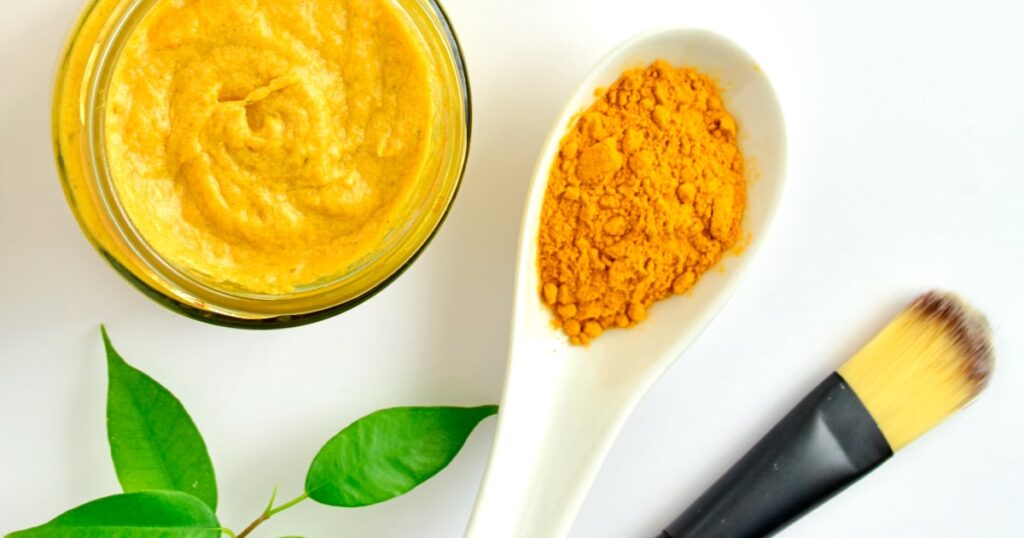
Why It Works:
- Greek Yogurt: Gently exfoliates and hydrates for a smoother complexion.
- Turmeric: Reduces dark spots and adds a natural glow.
- Honey: Moisturizes and calms inflammation.
- Lemon Juice: Brightens skin with natural vitamin C (use sparingly to avoid irritation).
Tips for Using Your Homemade Face Mask
- Frequency: Apply a DIY face mask 1-2 times per week, depending on your skin’s sensitivity.
- Prep: Always start with clean skin to maximize absorption.
- Patch Test: Test a small amount on your inner wrist to check for allergies, especially with ingredients like turmeric or essential oils.
- Storage: Most homemade face masks are best used fresh, but if storing, keep in an airtight container in the fridge for up to 2 days.
- Follow-Up: Pair with a gentle toner and moisturizer for best results.
Safety and Precautions
When making a DIY face mask, use fresh, high-quality ingredients to avoid irritation. Be cautious with acidic ingredients like lemon juice, which can cause sensitivity in some skin types. If you experience redness or discomfort, rinse immediately and consult a dermatologist. Avoid getting masks in your eyes or mouth.
Conclusion
Creating a homemade face mask is an easy, rewarding way to care for your skin with natural ingredients. These DIY face mask recipes cater to dry, oily, and dull skin, offering a personalized glow-up at home. Try one of these how to make a face mask recipes today and discover the joy of radiant, healthy skin!
Which homemade mask for skin will you try first? Share your favorites or ask questions in the comments below!
